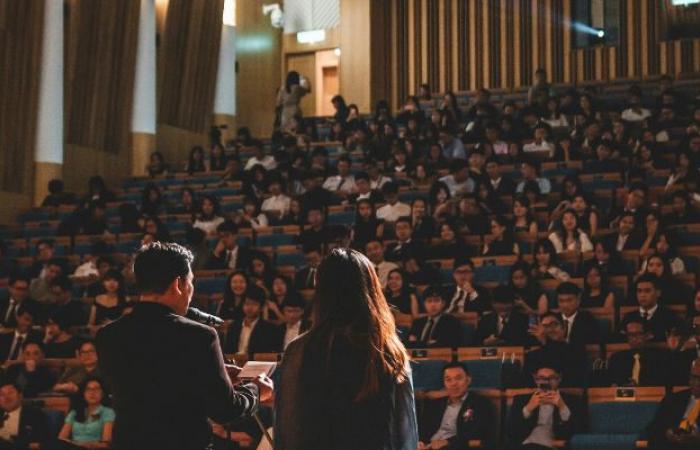After awarding last Tuesday to John J. Hopfield and Geoffrey Hinton the Nobel Prize in Physics for their pioneering work on neural networks, the Royal Swedish Academy of Sciences on Wednesday awarded the Nobel Prize in Chemistry to other actors in AI: Demis Hassabis, John Jumper as well as American researcher David Baker for their research on proteins.
John Hopfield and Geoffrey Hinton were awarded “for seminal discoveries and inventions that enable machine learning with artificial neural networks”.
John Hopfield is an American physicist and neuroscientist, primarily known for his contributions to the theory of neural networks. Now 91, J Hopfield is the Howard A. Prior Distinguished Professor of Life Sciences and Distinguished Professor of Molecular Biology at Princeton University. Before turning to computational neuroscience, he worked in various areas of physics, including solid state physics and biophysics. He used these skills to model the brain’s cognitive processes through mathematical approaches.
He is the inventor of the recurrent neural network known as the Hopfield network, proposed in 1982. This model, which is a form of self-organized associative memory, is used for pattern recognition and combinatorial optimization. His work has inspired numerous advances in the fields of cognition, computational biology and AI.
He shares this Nobel Prize with a pioneer of deep learning, Geoffrey Hinton. This took up and extended some of the foundations laid by Hopfield for his own work, notably in the field of unsupervised learning networks and for the Boltzmann machine, a network capable of learning to recognize characteristics in data in a manner autonomous, which is a probabilistic extension of Hopfield networks.
By applying the principles of statistical physics, Geoffrey Hinton trained this machine to classify images or generate new examples of patterns. His work, for which he received the Turing Prize in 2019 with Yann LeCun and Yoshua Bengio, paved the way for the rise of machine learning that we observe today.
However, both warn of the threats that AI could pose to humanity if it were in the wrong hands, which led Geoffrey Hinton, now 76 years old, to leave Google Brain last year.
Demis Hassabis, John Jumper and David Baker, recipients of the 2024 Nobel Prize in Chemistry
The Royal Swedish Academy of Sciences has also decided to split this prize in two: “One half to David Baker “for computational protein design” and the other half jointly to Demis Hassabis and John M. Jumper “for protein structure prediction”.”
Heiner Linke, president of the Nobel Committee for Chemistry, underlines:
“One of the discoveries this year is about building our own spectacular proteins. The other is to realize a 50-year-old dream: being able to predict the structure of proteins based on their amino acid sequences. These two discoveries open up endless possibilities.”
David Baker is an American biochemist, professor at the University of Washington and director of the Institute for Protein Design. He is a pioneer in the development of computational tools to create artificial proteins with specific properties and functions that do not exist in nature. These can self-assemble into complex structures or be used to neutralize viruses or toxins, paving the way for new therapies.
With his team at the University of Washington, David Baker developed Rosetta software, designed to predict and design the three-dimensional structure of proteins. This software uses sophisticated algorithms to model how amino acids fold into functional three-dimensional structures, a central challenge in molecular biology. Thanks to Rosetta, in 2003 they succeeded in designing Top7, a protein composed of 93 amino acids which folds into a stable three-dimensional structure.
Alphafold
Neuroscientist Demis Hassabis, CEO and co-founder of DeepMind, now a Google subsidiary, and AI researcher John Jumper have transformed the way scientists approach protein structure prediction.
Thanks to AI, their AlphaFold model is able to predict the shape of a protein by computer from its amino acid sequence in a few months, rather than trying to determine it experimentally: a method which takes several years , expensive and laborious.
The first version of the model, published in 2018, as well as Alpha 2, presented in 2020, won the Critical Assessment of Protein Structure Prediction (CASP) competition. In 2021, DeepMind published the predicted shapes of more than 350,000 proteins and thus established a very precise map of human proteins.
Today, this database contains structure predictions for almost all known proteins.
The work of the two men, which was already recognized with the Lasker Prize last year, has profound implications in the fields of biology, medicine and biotechnology.






